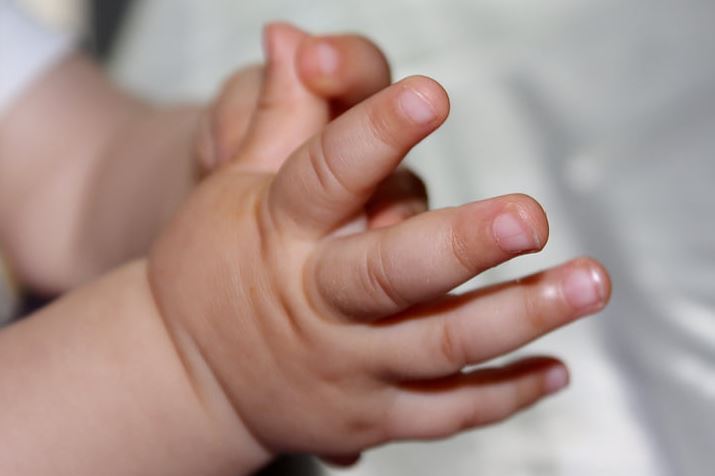How do children learn social rituals?: the subject of research promoted by UPF
How do children learn social rituals?: the subject of research promoted by UPF
The study helps explain why people adopt social rituals (waving to each other, kissing when meeting family and friends...) that do not respond to a strictly rational and instrumental logic and why children learn and acquire these behaviours. The research, based on an experiment with 15-month-old infants, is led by Jesús Bas, a researcher at the UPF Center for Brain and Cognition (CBC), in collaboration with Olivier Mascaro (CNRS, Paris).

Why do children learn behaviours or social conventions such as waving hands or kissing and hugging? Research promoted by the UPF Center for Brain and Cognition (CBC) has analysed how babies learn such behaviour, which is not strictly rational or instrumental, during their community socialization process.
The results of this research are presented in the article Infants are sensitive to the social signaling value of shared inefficient behaviors, published in the journal Scientific Reports. Its main author is Jesús Bas, a researcher at the CBC of the UPF Department of Information and Communication Technologies, who has conducted it jointly with Olivier Mascaro, a researcher at the Integrative Neuroscience and Cognition Center of the CNRS in Paris.
The study helps explain why people do not always follow the principles of rationality, that is, why we do not always act in the most efficient way possible to achieve our goals. The results suggest that children learn and mimic behaviour and gestures due to their social value, beyond their efficiency, such as waving to people or kissing when meeting people they know.
More than thirty 15-month-old infants participating in the study
In the first part of the study, which involved more than thirty infants, their reaction to animated characters that interacted with each other after having performed more or less efficient actions was examined. Specifically, the infants watched two characters who had a mission to locate a star in a maze. One of them, the efficient one, followed the most direct route to find the star and the other, the inefficient one, took an unnecessarily circuitous path. Then, the infants saw how a third character, the observer, approached the other two. At this time, the researchers observed that the little ones were surprised when the observer approached the inefficient character, but regarded approaching the efficient one as being normal.
In a second phase of the study, a slight change was made: the observer mimicked the first two characters, that is, also acted efficiently and inefficiently. In this case, the infants reacted in the opposite way: they were surprised when the observer, now a mimicker, approached the efficient character, but regarded approaching the inefficient one as being normal.
The reproduction of behaviour that is not explained by rational and instrumental logic can be interpreted as a cultural mark
On the basis of these results, it can be concluded that, right from childhood, people understand that it is unlikely that two people will perform the same inefficient action by coincidence, and that if two people act inefficiently, they are likely to be friends. Hence, they end up deducing that there are social reasons that explain this type of behaviour, related to the cultural conventions of each community that often have communicative functions. Thus, the reproduction of inefficient behaviour is socially informative and becomes a cultural mark that can identify the community of belonging.
As a whole, the study reveals the following paradox about inefficient behaviour. When carried out by an individual alone, it can be evaluated negatively, but when carried out by several individuals at the same time, it is interpreted as being due to the strong bond that unites them and their shared social rituals. The researchers note that infants may be capable of understanding in which specific social circumstances individuals end up reproducing non-instrumental behaviour. For example, in real life, they may understand that it is socially acceptable to greet people they know with a kiss but not strangers.
The study helps explain why social rituals are passed down from generation to generation
The results of the study also have implications for explaining children’s processing of imitative behaviours (due to social motivations, socio-cognitive mechanisms...). One of the factors that helps children to learn these inefficient behaviours related to social rituals is precisely that they initially arouse surprise. Previous neuroscientific studies have already shown that the mismatch between what is expected and what is observed and the consequent surprise aroused contributes to the learning process.
Finally, the results of the study help to understand the reasons why seemingly irrational behaviour remains stable over time, generation after generation, due to its social signalling capacity.
Reference article:
Bas, J., Mascaro, O. Infants are sensitive to the social signaling value of shared inefficient behaviors. Sci Rep 13, 20034 (2023). https://doi.org/10.1038/s41598-023-46031-0
